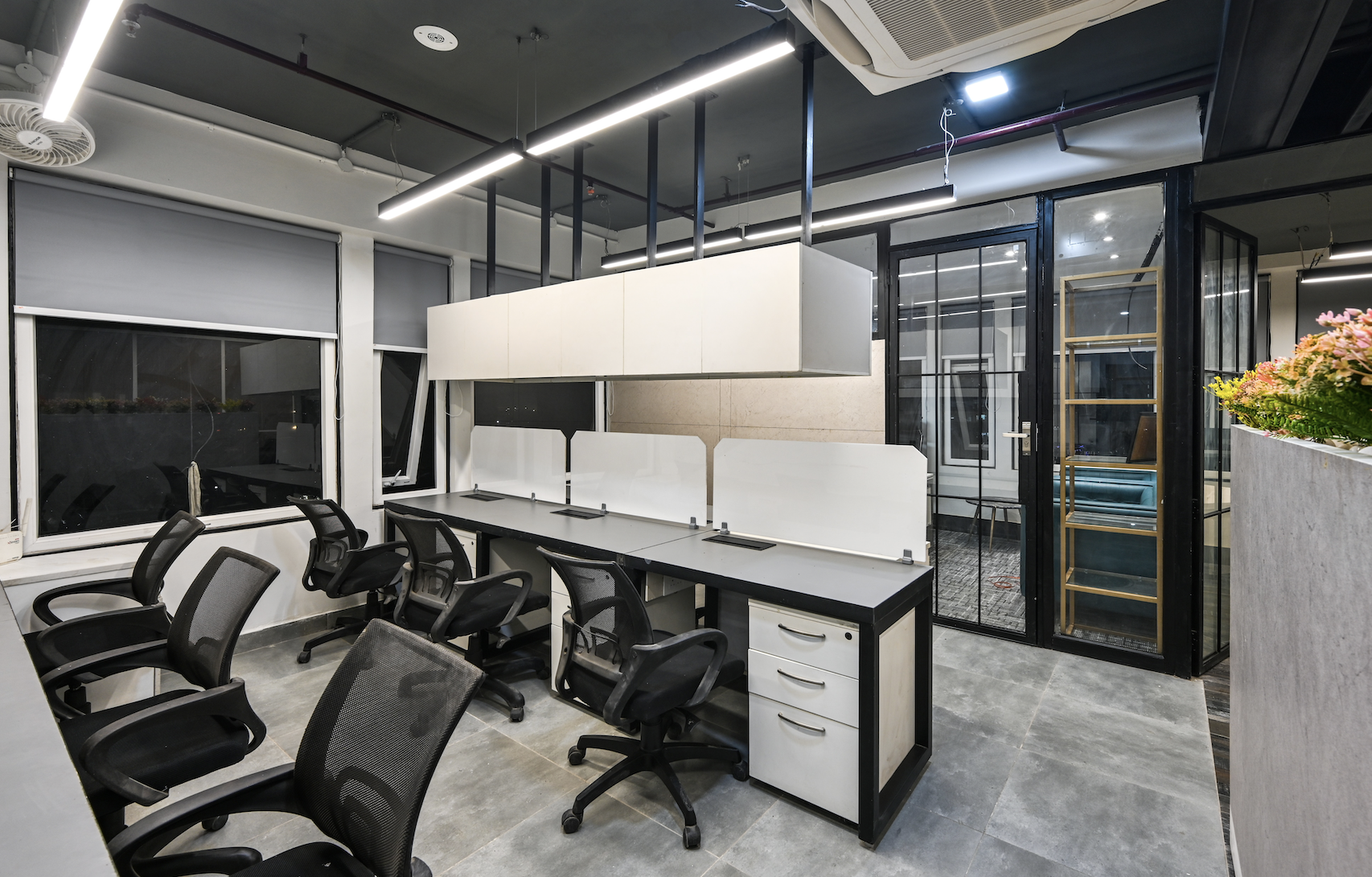For people with disabilities, having an accessible office is essential. But too often, businesses don’t take the necessary steps to make their offices accessible, either because they don’t know how or because they assume it’s too expensive or difficult. That’s why it’s vital for business owners and managers to understand the basics of office accessibility and what they can do to make their workplaces inclusive for everyone. Here are four ways to make sure your office is accessible to everyone.
1. Install Lighting and Audio Controls
Businesses need to consider accessibility in terms of lighting and audio controls. For employees with sensory disabilities, having control over their work environment’s lighting and sound levels can make a huge difference in their productivity and comfort. As a business owner, consider light measurement systems that allow employees to adjust lighting levels and install soundproofing materials. This can ensure that all employees can fully participate and feel included in meaningful discussions and events.
Businesses can install lighting and sound controls in individual offices or workstations and common areas such as meeting rooms or break rooms. These controls should be easy to use and accessible to all employees.
2. Assess Physical Barriers
Businesses need to be aware of the physical barriers in their office space and work to remove them or make them accessible for all employees. One common barrier is the lack of wheelchair access. Wheelchair users may find it difficult or impossible to get around offices not designed with accessibility in mind. This can lead to a loss of productivity and feelings of isolation and exclusion.
Businesses should assess their office spaces for potential physical barriers and take steps to remove them or make them accessible to everyone. This might include installing ramps, widening doorways, or adding elevators. It’s important to remember that making your office accessible doesn’t have to be expensive or difficult – small changes can make a big difference.
3. Look Into Assistive Technology
The use of assistive technology helps employees with disabilities to be more productive. Assistive technology includes devices or software that help people with disabilities perform tasks they wouldn’t be able to do independently. For example, a person who is blind might use a screen reader to read aloud what is on the screen, or a person with dyslexia might use special software to help them read text.
Assistive technology can be an essential tool for employees with disabilities, and businesses should ensure they have access to the latest and best technologies. Many different types of assistive technology are available, so businesses should research the options and find the right tools for their employees.
4. Make Necessary Accommodations
Finally, businesses need to make necessary accommodations for employees with disabilities. This includes providing flexible work schedules or alternative methods of communication, such as captioning in meetings or teleconferencing options.
It’s also vital for businesses to educate their staff on disability awareness and sensitivity. Employers should encourage open communication with employees who have disabilities and make sure they can fully participate in all aspects of the workplace.
Making sure your office is accessible may require effort and changes, but it’s worth ensuring that all individuals can fully participate and thrive in the workplace. And remember, accessibility isn’t just a one-time fix – it’s an ongoing process of reassessing and adapting as needed. Your employees and customers will thank you for it.
The post Here’s How To Make Sure Your Office Is Accessible appeared first on Enterprise Podcast Network – EPN.





Leave a Reply